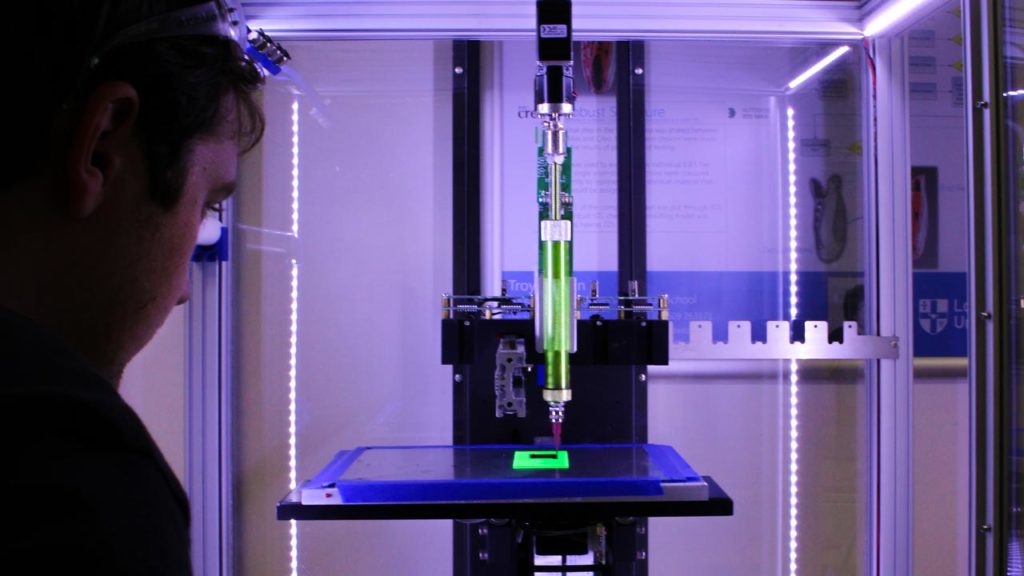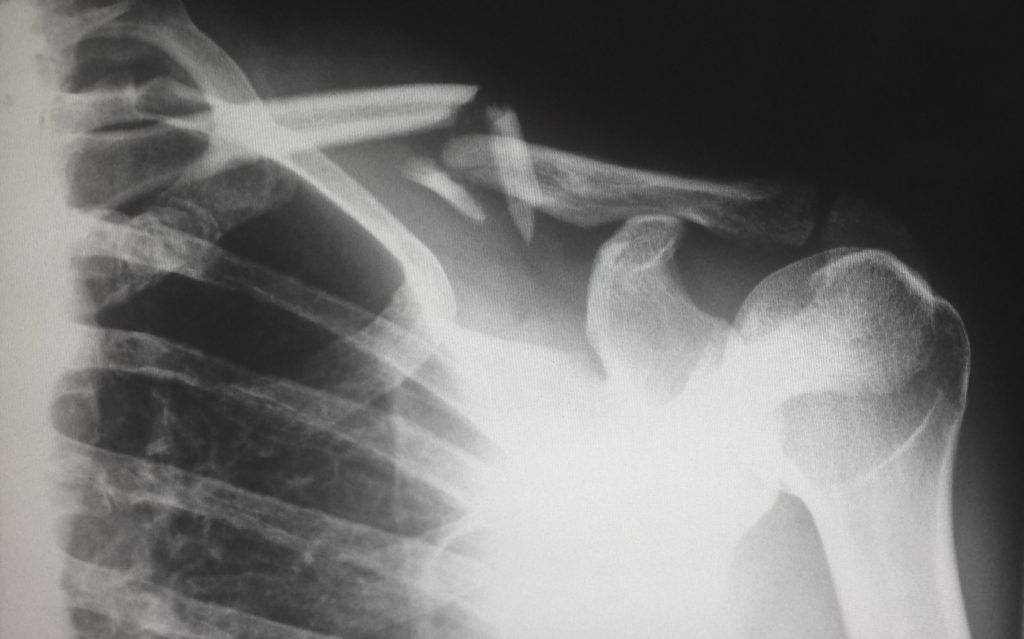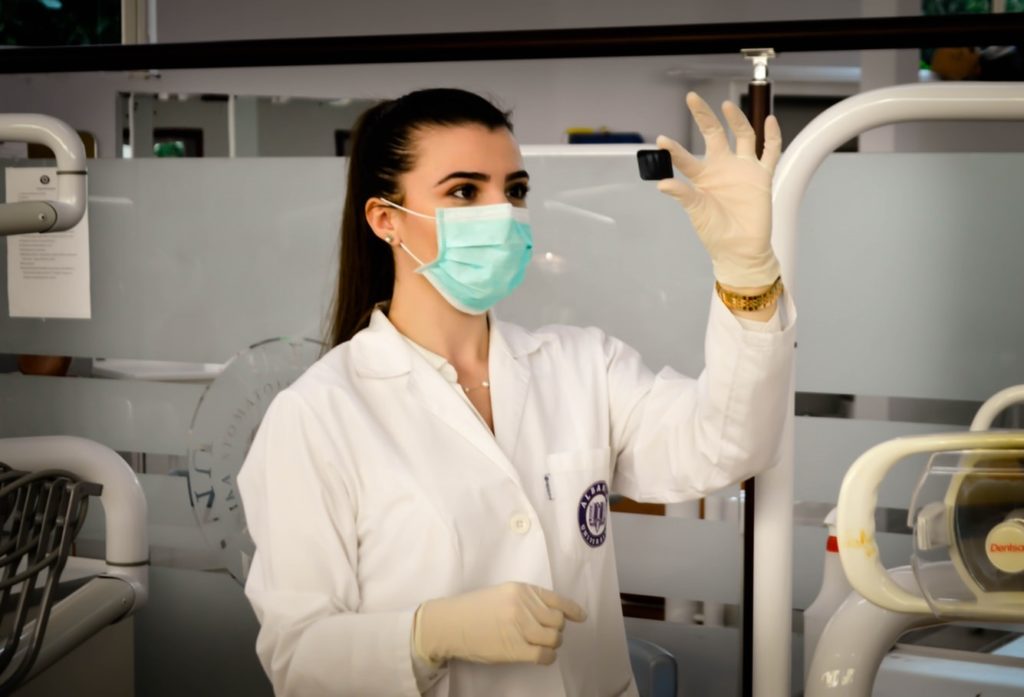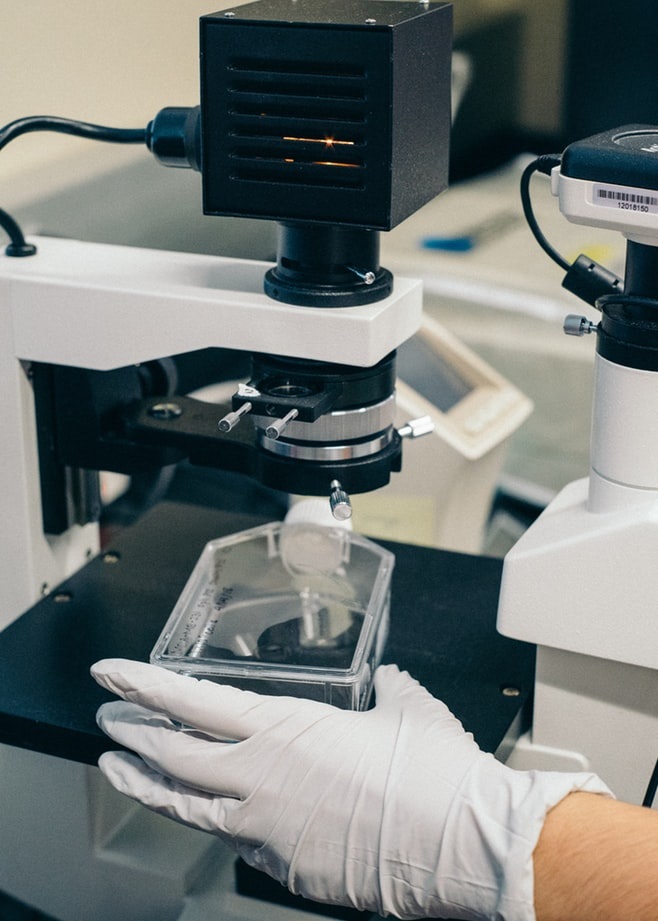Background
The team have shown in the laboratory that high-intensity blue light (part of the visible light spectrum) is antimicrobial against bacteria and biofilms, and a promising agent for the treatment of contaminated or infected wounds. We wish to do further experiments to see if we can reduce the duration required for bacterial killing, and to investigate whether other wavelengths or doses of light offer improved activity.
Method
In collaboration with the University of Birmingham, the dental school, and Defence Science and Technology Laboratory, the team is planning to perform a range of laboratory tests on key wound bacteria in order to ascertain an optimal wavelength (or combination) of visible light, dose and duration, that can be used as a novel antibacterial technology for the decontamination of wounds. They will also perform host cell toxicity studies in the laboratory to ensure there are no adverse effects on human tissue cells following light delivery.




